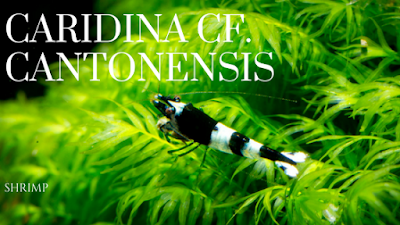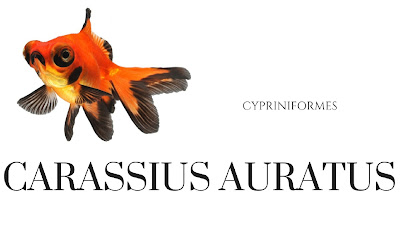General Specifications
Latin Name: Potamotrygon henlei.
Geographic Origin: Rio Tocantins / Brazil
Living Area: They live in plenty flowing mud or sand-covered floor.
Nutrition Format: Carnivorous. It is fed by small fish and invertebrates in nature. Can not accept dry feed in the aquarium. Krill, squid, live baits should not be missing from the diet, such as shrimp. Beef liver is objectionable granting of foods such as chicken.
Nutrition Format: Carnivorous. It is fed by small fish and invertebrates in nature. Can not accept dry feed in the aquarium. Krill, squid, live baits should not be missing from the diet, such as shrimp. Beef liver is objectionable granting of foods such as chicken.
Behavior: Peaceful.
Behavior to Their Type: Peaceful.
Swimming Level: Base.
Gender Discrimination: Men have more bright spots, even though the distinction for looking at the pelvic fins. Male sexual organ that is located in the tail and extending internal insemination as in sharks.
Reproduction
3-12 month gestation period in the natural environment is usually completed in 9-12 weeks in the aquarium environment. A few months offspring should be fed with the parents. Otherwise, they can compete fed by parents. Newborn cubs are born with brown spots.
Living Medium
Temperature: 23 ° C - 28 ° C
Maximum Sizes: 24 "/ can grow up to 60 cm (disc diameter).
Minimum Aquarium Capacity: 500 liters for a single fish
Water Hardness: Soft-Medium
pH: 5.8 to 7.2
General Comments: This is one of the most visually beautiful of freshwater stingrays. Although the export of farm produce for arrest due to excessive periods in accordance with trade regulations IBAMA in Brazil it is illegal. Floor area of the aquarium to feed this type is very important. There is a tendency to flush sand itself under stress. So it must be selected fine-grained sand. Each floor in the living organisms in the water such as nitrite, nitrate and ammonia is sensitive to rates.











